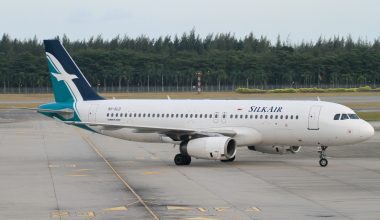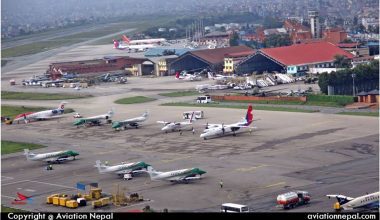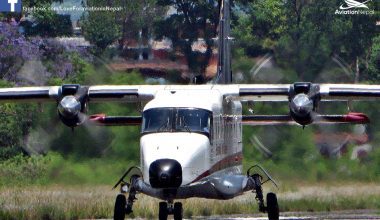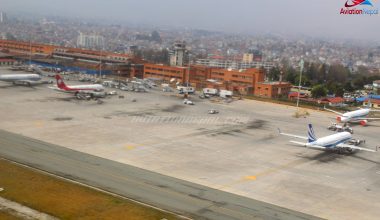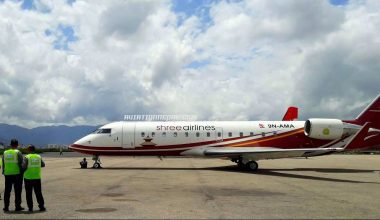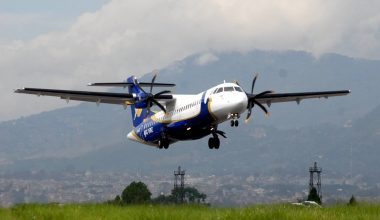-KARNALI
From last 31 years, several fatal air disasters at Karnali have stroke claiming a lot of air travelers’ life and the claim is inevitably still on.
According to the Civil Aviation Authority of Nepal (CAAN), the sole aviation regulatory body of Nepal the crashes in the region has taken eighteen aircrafts involved in accidents among which twelve are fixed wing and six rotor wings.
On May 16, 2018 a Cessna 208 Caravan, American manufactured single-engined turboprop aircraft operated by Makalu Air crashed in the mountainous Humla region, killing both pilots on board. The disaster related to this cargo designated flight, with no passengers on-board, serve to remind us that no matter how big or small the aircraft, such air-related accidents always can end in tragedy.
The Cessna Caravan is known for its rugged utility and flexibility with its powerful turboprop engine, the Caravan delivers the rare combination of high performance, low operating costs and ability to adapt to a wide variety of missions.
Preliminary reports from Aviation Expertise suggest that the nature of the crash was a Controlled Flight into Terrain (CFIT), which means that the aircraft was air-worthy, under the control of the pilots and unintentionally hit terrain. But no matter the cause, this incident reminds us how important air safety is, especially in a country like Nepal where the geography and weather is challenging.
The CAAN reports show the first air crash in the province had taken place on August 19, 1987 an aircraft operated by national flag carrier, Nepal Airlines got into a mishap at Dolpa Airport but there were no fatalities on this crash.
Another biggest air crash was experienced with an aircraft of Necon Air that met with an accident in Jumla on January 17, 1999 killing five people. Similarly, four people were killed on July 17, 2002, when an aircraft of Sky Airlines met with an accident in Surkhet following the other air accident that took place in Kalikot on February 26, 2006, had claimed lives of two members of the crew. The biggest air accident to have taken place in Karnali was on June 12, 2006, when nine persons were killed. On May 30, 2017 the Nepalese Army PZL-Mielec M28 Skytruck transport plane was flipped over during a runway excursion accident while landing at Bajura Airport, taking the life of Commander Colonel Pilot Kailash Gurung and injured two other crews on board.
The province has also recorded six rotor wing accidents, all of which had taken place inside the then Karnali zone. Among the helicopter accidents, two each had taken place in Humla and Mugu while one accident each had taken place in Kalikot and Jumla, informed Surkhet office of CAAN.
Most of these helicopter accidents had taken place in hilly districts. Nepal is notoriously difficult terrain to fly in even at the best of times and with the best navigation aid in the world. In bad weather, at night, with non-existent navaids and erratic procedures, things become much more uncertain.
Logically, with increasing sophistication of aircraft design and avionics the accident rate due to technical reasons are significantly reduced. But it is the human factor that dominates in Nepal. Human error doesn’t always mean pilot error. Looking beyond the cockpit, these have to do with market pressures in which commercial airlines lean on their pilots to operate despite bad weather and with improper load structure. The management also exerts pressure because it is being forced by “higher authorities” to operate a flight despite poor flying conditions.
There is also pressure from passengers, especially in remote areas. “I have even faced inflight situations where passengers try to persuade me to make one more attempt to land even though I have diverted from the destination due to bad weather” a senior Captain said. Deregulation has brought competition, which is a healthy thing, but when this competition gets cut-throat, airlines tend to cut corners with safety.
The ultimate responsibility for safety rests with pilots, and there can be several reasons for breakdowns in procedures: from a feeling of infallibility to machoness. Lack of training and route experience, fatigue and over-reliance on GPS equipment are other causes.
There is a worrying trend among Nepalese pilots these days to make inappropriate and illegal use of GPS while inside clouds, even in the mountains, to develop individual routes and procedures based on satellite positioning and applying it in bad weather.
As domestic air transportation becomes even more important than before, there is an urgent need by the concerned authorites to remove the causes behind monsoon CFIT events.


